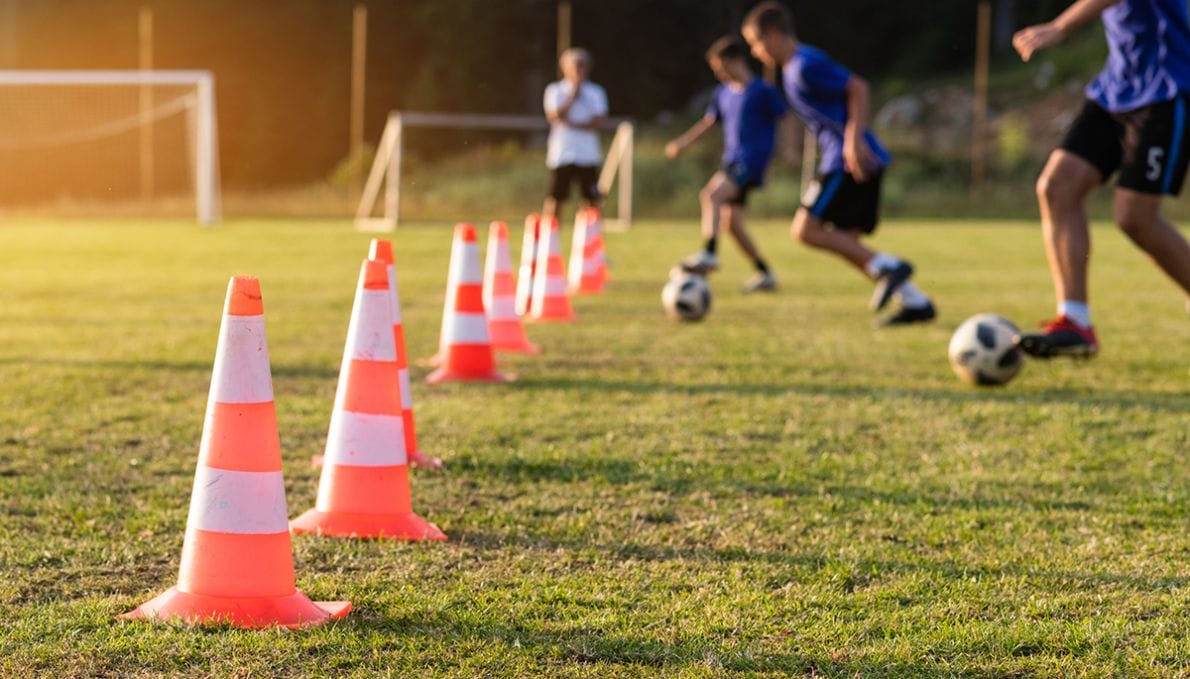Peak Height Velocity (PHV) is simply the period of time in which an adolescent experiences the fastest upward growth in their stature, i.e. the time when they grow the fastest during their adolescent growth. Many of the body’s hormones influence growth, such as growth hormone, thyroxine, insulin, corticosteroids, and leptin (which alters body composition). The key hormone in growth is growth hormone, which is mediated by growth hormone-releasing hormone (GHRH) and somatostatin.
It’s important to note that peak height velocity is not a precise time, but rather an average age range. As a result, the athletic performance improvements between the average ages of 13-15 for boys and ages 11-13 for girls.
However, each individual will experience their PHV at different times, so it’s important to monitor the young person’s growth and development regularly in order to ensure they are reaching their potential.
Peak height velocity should not be confused with the adolescent growth spurt, which is the sudden increase in height and size that adolescents go through. The adolescent growth spurt usually begins a few years before peak height velocity and ends a few years after.
There are several factors that can influence peak height velocity, such as genetics, nutrition, and environment. However, training during this window of time is especially important because the body is more sensitive to training during this stage of development.
Each individual has a ceiling for athletic potential, and if the PHV window is missed, that ceiling may be lower than if an individual were to train throughout that time.
Consequently, this has led to the development of the term periods of accelerated adaptation. This concept suggests these time periods are simply opportunities for athletes’ to make greater improvements in athleticism than otherwise possible. Periods of accelerated adaptation have many implications for shaping a training program for young athletes based on their biological age (not their chronological age). This includes training content, intensity, volume, frequency, periodization, coaching style, and training group segmentation.
Evidence has suggested that preadolescents benefit most from training modes that require high levels of neural activation (i.e. sprint training), whereas adolescents respond better to training types that target both neural and structural development (i.e. strength training).
So what does all this mean for young athletes?
It’s important that they are aware of their peak height velocity and work with a coach who can help them reach their potential during this time. Training should be geared towards maximizing strength, power, and speed. Paying attention to periods of accelerated adaptation can help young people maximize their lifelong physical potential.
Additionally, young athletes should make sure they are eating a balanced diet full of protein and carbohydrates to fuel their growth and development. Peak Height Velocity is an important time in a young person’s life, so it’s crucial that they make the most of it!



